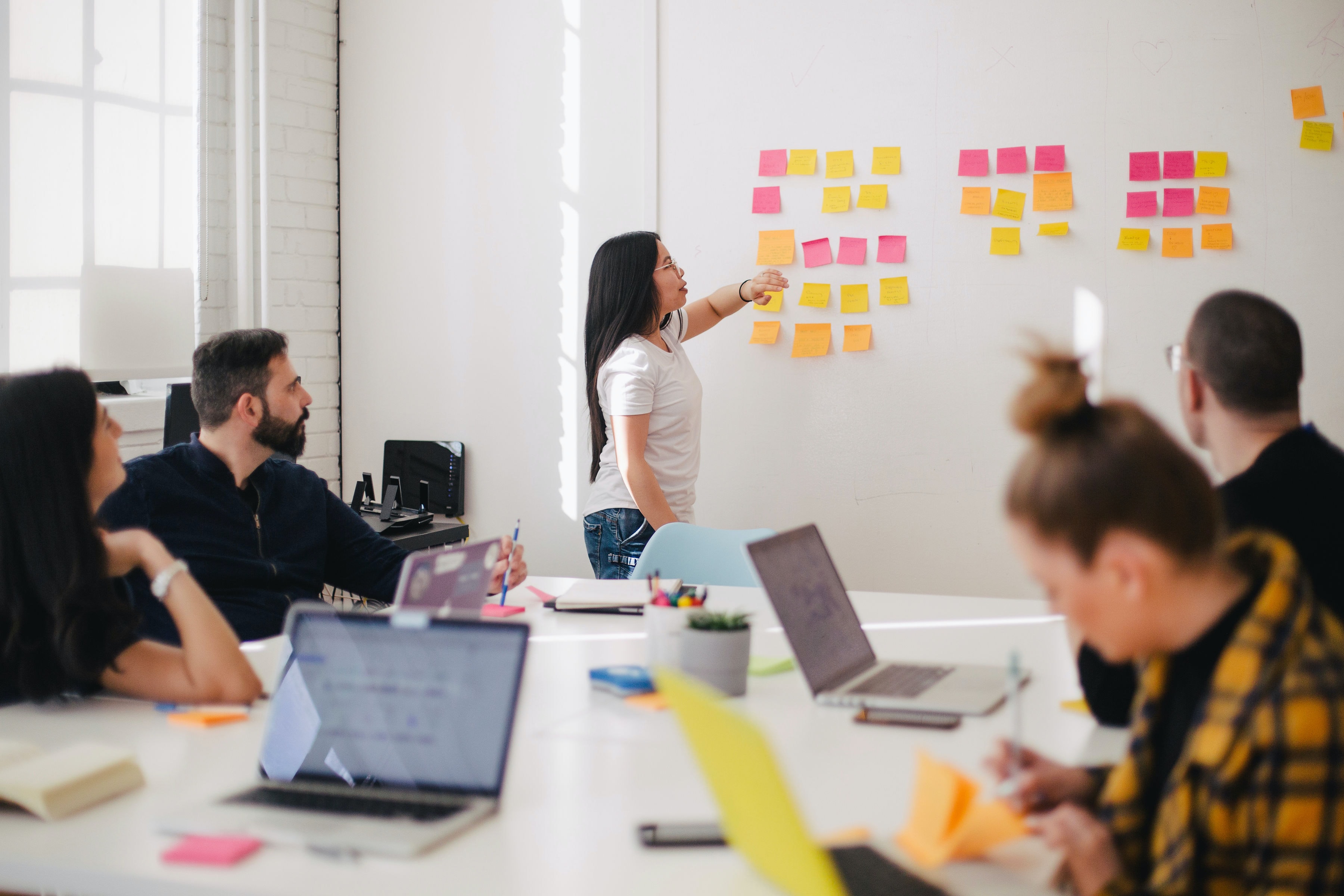Regenerative Networks: Giving Fire Back to People

I’ve had the pleasure of supporting some important work happening through The Nature Conservancy’s Fire Adapted Communities Learning Network. According to the FAC website, a fire adapted community “acknowledges and takes responsibility for its wildfire risk, and implements appropriate actions at all levels.” Actions in these fire-threatened communities “address resident safety, homes, neighborhoods, businesses and infrastructure, forests, parks, open spaces and other community assets.” In addition, the point is made that every community is unique in terms of circumstance and capacities, so that local action may look different from place to place.
While there may be differences from community to community in the FAC network, it is also united by a common belief that there is need for more of the right kinds of fire that support the regenerative capacity of ecosystems. As I’ve learned from members of these communities, “cool fires” can be used to help build resilience into forests, feeding and encouraging new growth and diversity. This is actually a practice that goes back a long ways in indigenous communities, which used “prescribed burns” to support the long-term health of the forested landscape, to enrich soil, clear pathways for fauna and support biodiversity, which supported the health of their own communities. However, many of these practices were outlawed and the result of the newer management practices was a drop in health of the forests and a rise in vulnerability of those living in or near them. As one person in the network recently put it, they are now trying to “reclaim” fire and “give fire back to people.”
“… When we are able to build
open spaces
in the same way
we have learned
to pile on the logs,
then we can come to see how
it is fuel, and absence of the fuel
together, that make fire possible …”
– Judy Sorum Brown, from her poem “Fire”
35-Fire1
This idea of giving fire back to people metaphorically resonates with the network building and democratic engagement work we do at the Interaction Institute for Social Change. Much of our capacity building is about creating processes and structures that are more inclusive, and specifically inclusive of those on the margins and the overlooked, to support more just, healthy and sustainable communities. And increasingly we see the need for more distributed, diverse, flow-oriented approaches to social change as both the means and ends of our work.
The energy network sciences indicate that focusing on diversity, flow and intricate structures in human networks can be a foundation for long-term and equitable prosperity. In many ways, this is about extending the lessons from fire-adapted communities regarding what it means to tend to the holistic health of the forested landscape – the importance of considering and conserving biodiversity, choosing strategic interventions and disturbances that encourage resilience and new growth, and empowering those who know local landscapes the best to act.
The “cool burns” of human networks might be thought of as “disruptions” in the form of learning, truth telling, resource sharing, power building and prototyping, that allow new possibilities to spring up.
3-Beauty-out-of-ashes-600x350
How are you reclaiming and spreading the fire of regenerative practices in your networks for change?